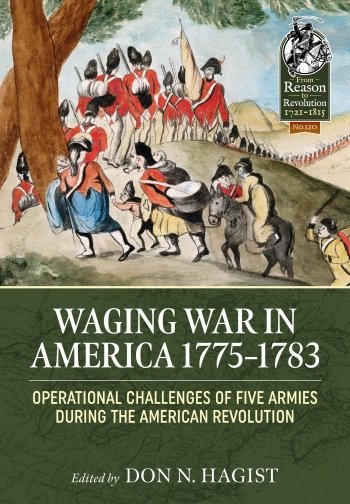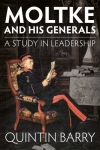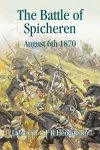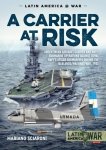-
Załączniki bezpieczeństwa
Załczniki do produktuZałączniki dotyczące bezpieczeństwa produktu zawierają informacje o opakowaniu produktu i mogą dostarczać kluczowych informacji dotyczących bezpieczeństwa konkretnego produktu
-
Informacje o producencie
Informacje o producencieInformacje dotyczące produktu obejmują adres i powiązane dane producenta produktu.HELION
-
Osoba odpowiedzialna w UE
Osoba odpowiedzialna w UEPodmiot gospodarczy z siedzibą w UE zapewniający zgodność produktu z wymaganymi przepisami.
Studies of the campaigns of the 1775–1783 American War for Independence often suffer from a lack of understanding of the operational aspects of the armies involved. This collection of essays looks at many facets of military operations in America, showing how the armies (British, French, Spanish, German auxiliaries, and the nascent Continental Army) involved adapted their recruitment, training, tactics, and logistics to the specific challenges of this war. The European forces adapted – much more readily than they are given credit for – to the needs of this particular conflict. The British Army adopted a doctrine of open-order light infantry tactics and raised large numbers of Loyalist troops in the theatre of war. The British government obtained the assistance of regiments from several German states, established military organizations that relied heavily on specialized skirmishing troops – jäger – and chasseur companies composed of picked men after the fashion of the British light infantry. The French government sent an expeditionary force from its regular army, while Spain largely employed colonial troops from its North American holdings; each of these armies faced significant logistical challenges while mounting major campaigns. Not least, of course, the American colonies rose to the monumental task of recruiting, training, and supplying an army created specifically for the conflict.
This collection of essays examines various aspects of the problems faced by each of these forces, and the solutions that they achieved – British training of regulars and raising of Loyalist militia, German adaptation of tactics, French and Spanish logistics and campaigning, and American recruiting and conscription. The authors featured have distinguished themselves by their use of primary sources to re-examine aspects of the period’s armies long obscured by assumptions or inaccurate generalizations. Throughout their writings conventional wisdom is challenged, and established assumptions are dispelled by well-documented evidence, showing the real strengths and weaknesses of wide array of professional and part-time military organizations involved in this world-changing war.








